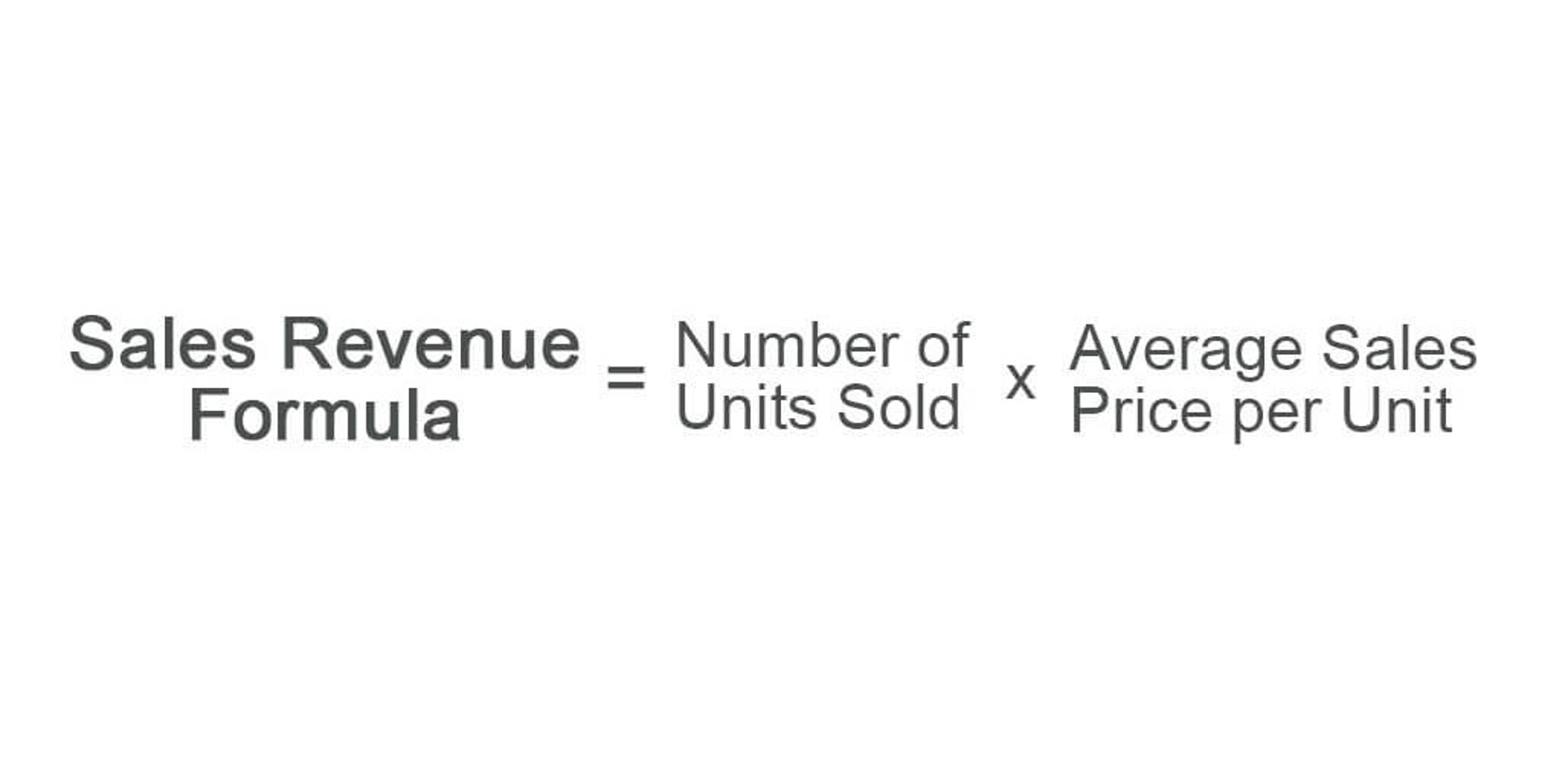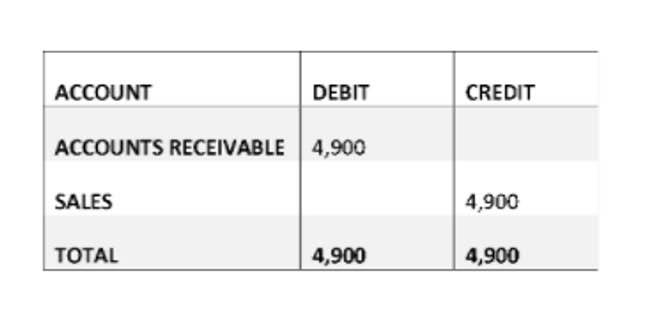
As small winery finance and strategy specialists, we help winery owners, office managers, and accounting professionals overcome the financial complexities of running a small winery through our 3 part process. Protea Financial is here to help you understand the basics of wine accounting so that you can make informed decisions about your business. Protea Financial is here to help you navigate the world of wine accounting. We have a team of experts who are familiar with the ins and outs of this industry. We can provide the tools and resources you need to manage your finances effectively. Our team can confidently answer your questions and guide you through the process easily, and we are here to help wherever we can.
Treasury America Unveils Changes to Executive Leadership Team
Utilities, on the other hand, should be allocated based on an estimate of usage. This methodology offers the benefit of being measurable and verifiable based on usage. If the production facility uses considerably more of the utilities than other portions of the facility, the allocation percentage can be adjusted.
BUSINESS SERVICES
Here are some examples of common overhead expenses of this kind and how they’re typically broken down. Note that packaging materials should be applied to the cost of finished goods inventory as used and may be specifically assigned to wines or allocated to all wines bottled in the period. Accounting for materials is typically straightforward in that the cost equals the price paid to acquire the materials, including tax and shipping costs to bring the materials to the production location. This method assumes the most recently purchased or produced inventory items are the first items to be sold. This is unrealistic for most wineries because wine is typically vintage-dated, with older vintages sold before newer ones. This method values inventory based on the average cost of all similar items available during the period.
Ready for a brighter financial future?

The equity section of the financial statements is the difference between your assets and liabilities. If you find that you have excess accounts in your accounting system that you are not using, go ahead and take the time to delete them. Cleaning house will make everything run smoother, from bookkeeping to reporting. In addition, an accountant could use the daily expenses information to make predictions for your business moving forward. This allows you to stay within your business goals and continue to grow. As of 2021, approximately 1.7 million people worked as bookkeeping, accounting, or auditing clerks.
- One of the other great things about going to a cloud-based system like QuickBooks Online is that your accounting software can easily talk to all of the other apps you use.
- Partnering with a specialized accounting service like Protea Financial can help mitigate these risks.
- We’ve also built a network of attorneys, accountants, bankers, and technology professionals who are eager to work with our clients to help make their businesses grow.
- The American Institute of Professional Bookkeepers offers certification for experienced bookkeepers.
- However, if you aren’t currently using something like Dext, then this function in QuickBooks is worth looking into.
- In the second article, we outline steps for setting up a system and practices to derive these metrics.
A financial model can be used to calculate the improvement in cost and the production volume to target before making decisions that will impact revenue. For this reason, most wineries track and report their wine inventory costs in separate inventory pools such as bulk wine, packaging materials, and finished cased wine. This article is part one of a three-part series on the cost of goods sold—a key metric that can help wineries understand their profit margins. In this article we provide an overview of how to calculate the cost of goods sold (COGS) and why it matters.

What skills do you need to become a bookkeeper?
We are here to help you see your story and move forward with insight and understanding, so you can build your winery business into what it was meant to be. As specialized winery accountants, our approach combines industry experience, the latest in cloud accounting technology, and human compassion. Our team of winery accountants are focused exclusively on helping small wineries thrive. Sample losses should be reflective of this cost to the tasting room when they occur.
Breaking Down The Winery Chart of Accounts (And Free Template)

Wineries can maintain their books on an accrual basis within their accounting software. Their tax preparer can ake adjustments at tax time to conform their books to the cash basis if applicable. This process, generally managed by winery bookkeeping the tax preparer, involves reversing certain entries to align with tax reporting requirements. Using the cash basis method for tax allows wineries to strategically time their income and expenses to optimize their tax liabilities.
Growth Consulting
The accounting department should have a strong voice in the leadership of management and the company. Wineries in this category typically have both a strong CFO and controller, as well as a sizeable supporting accounting department. Generally speaking, medium-sized wineries account for COGS based on U.S.

This insight is essential for setting appropriate pricing, managing budgets, and ensuring profitability. Accurate COGS calculations enable better financial planning and decision-making. Cellar accounting focuses on tracking the inventory of wine within a cellar, which includes monitoring the quantity and value of stored wine.
Without thoughtful attention to your chart of accounts, your business performance will be nearly impossible to interpret. We wrote an entire blog post about your expense accounts which you can geek out on here. In short, the Expense section of your chart of accounts contains your “GS&A” accounts–that is, your General, Selling, and Administrative expenses.